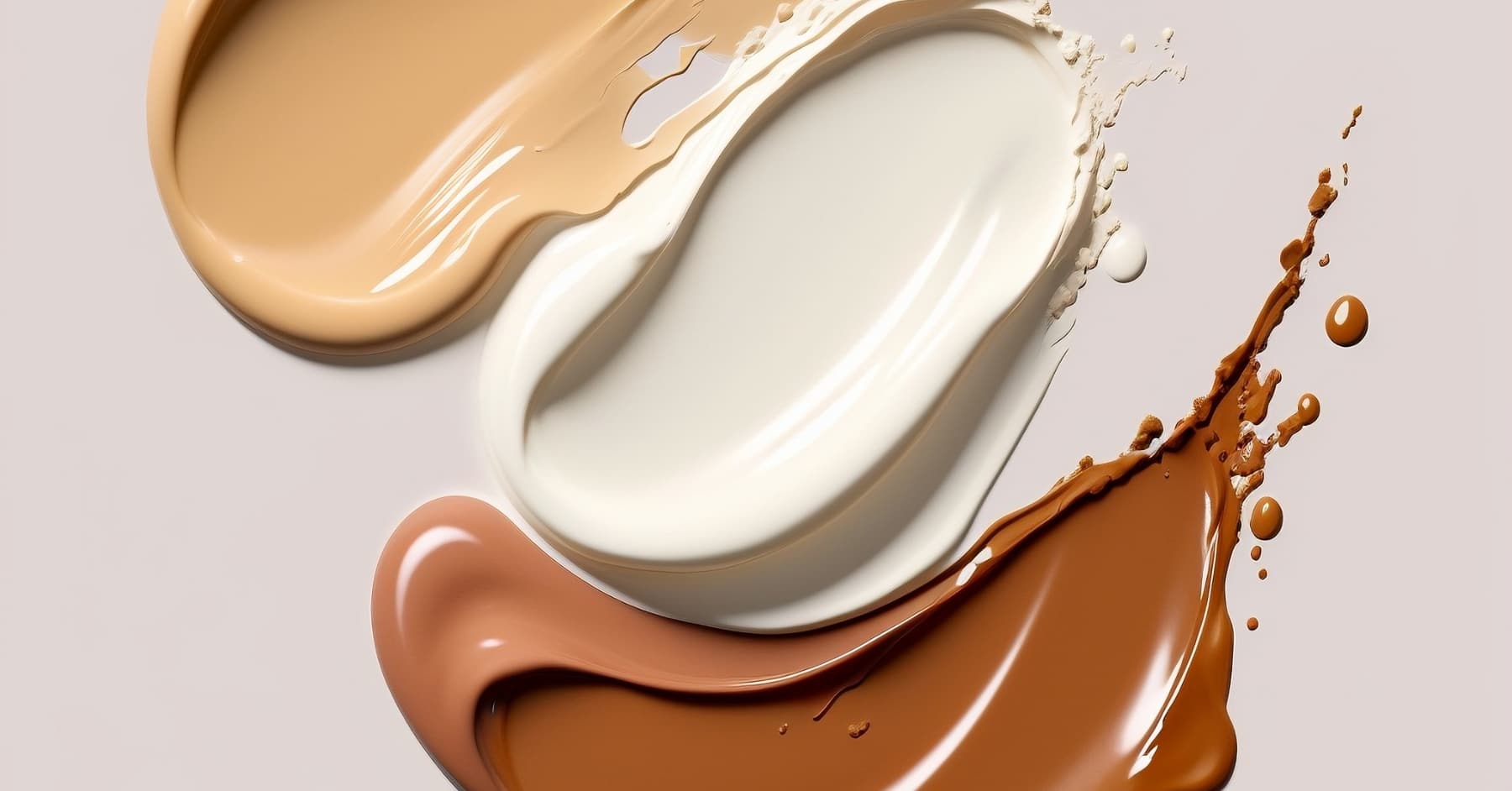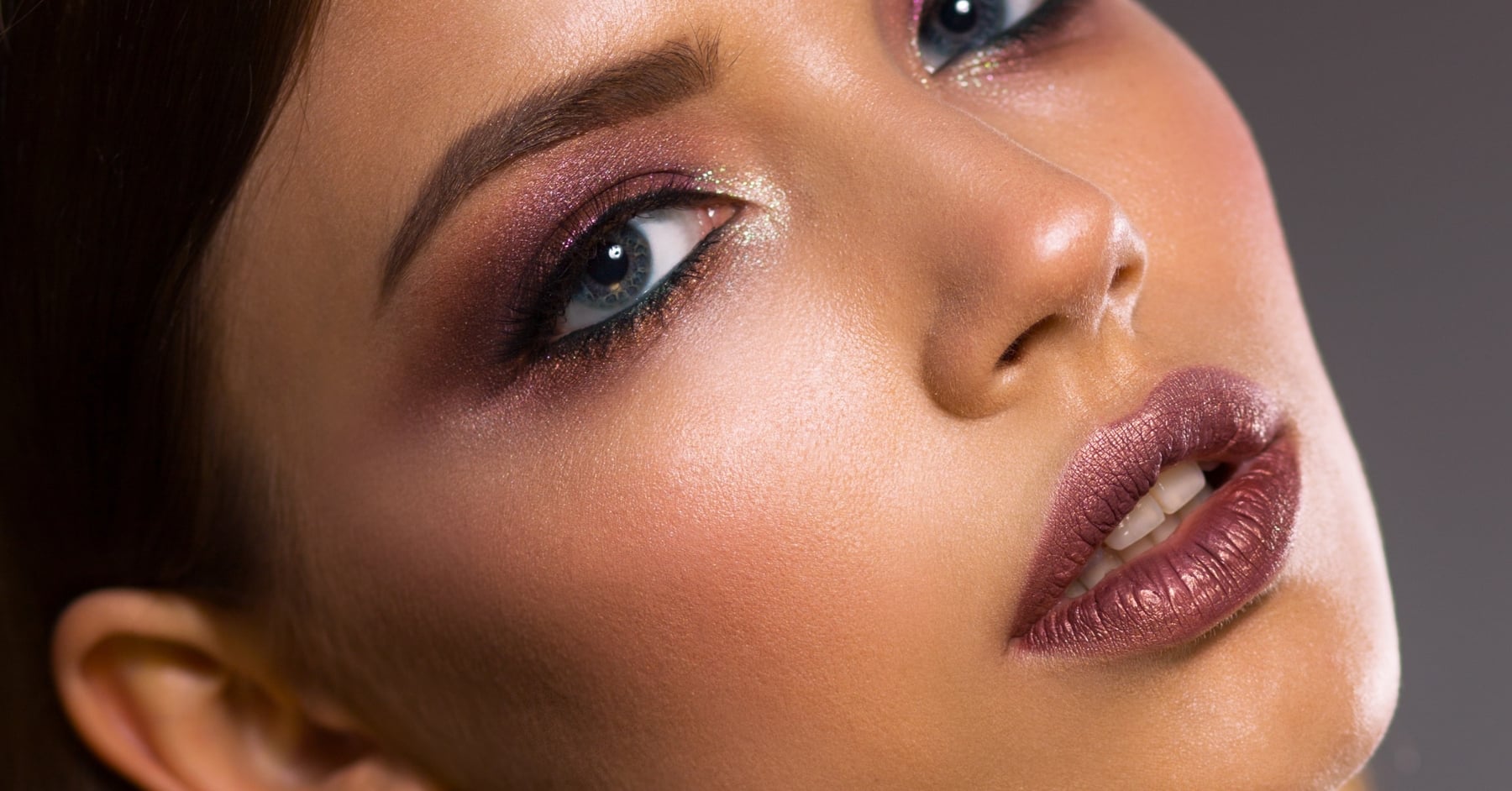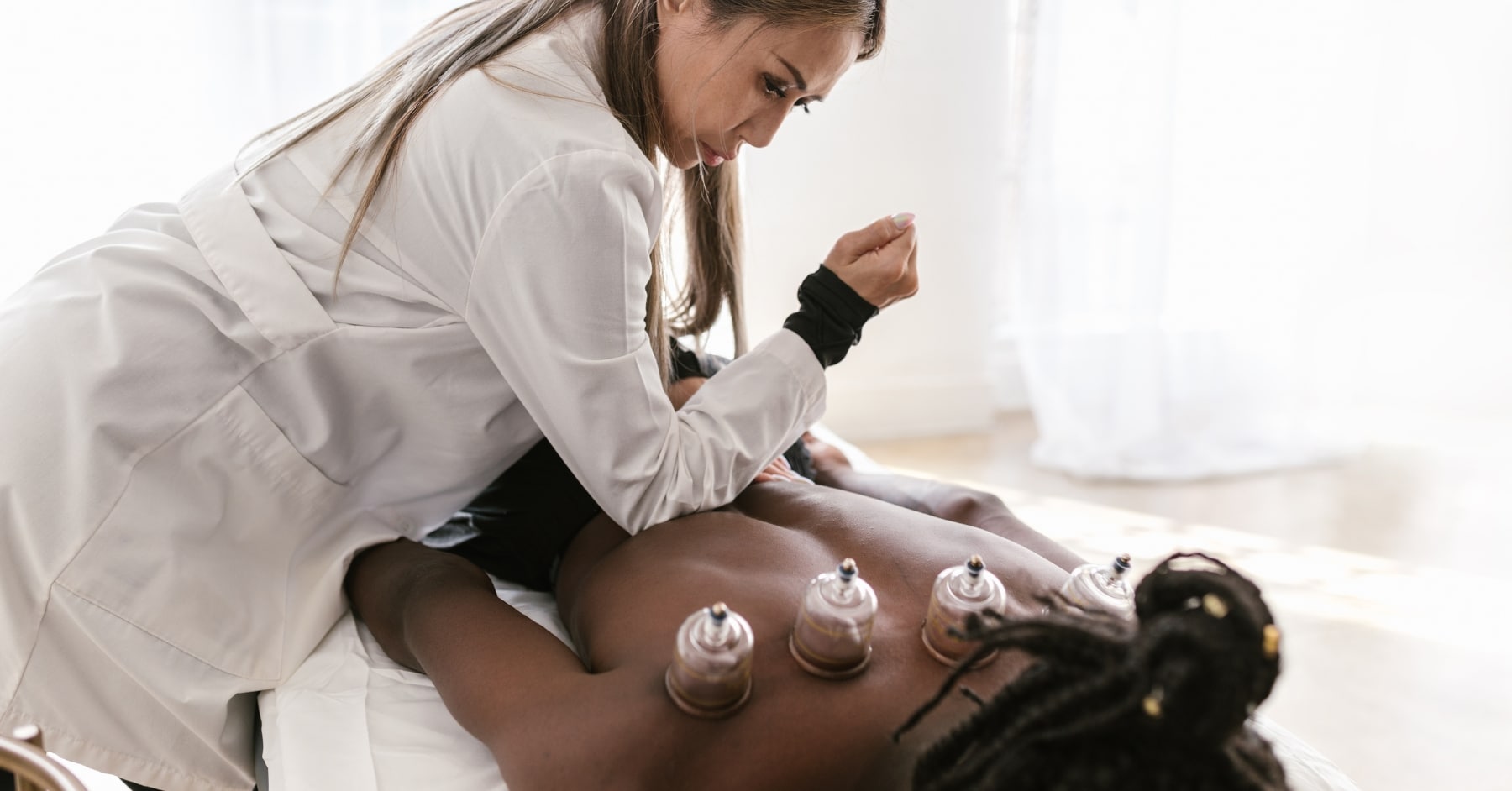When it comes to minor cuts, scrapes, and burns, one of the most common questions women ask is: Does Vaseline prevent scarring? Whether it’s a nick from shaving, a kitchen burn, or the aftermath of a breakout, we all want to heal quickly, and ideally, without a lasting mark. The short answer? Yes, Vaseline can help minimise scarring, but not in the way you might think.
What Is Vaseline, Exactly?
Vaseline is a brand name for petroleum jelly, a mixture of natural waxes and mineral oils. It’s been a household staple for over 150 years, beloved for its ability to create a protective barrier over the skin. But how does that relate to scarring?
How Scars Form
Scars are part of the body’s natural healing process. When skin is injured, your body produces collagen fibres to repair the damage. If the wound is too dry, exposed to bacteria, or irritated (think picking or scratching), it can lead to more pronounced scarring.
Where Vaseline Comes In
Contrary to some myths, Vaseline doesn’t “heal” wounds or prevent scars directly. Instead, it creates an ideal environment for healing by:
Sealing in moisture
Moisture is crucial to healthy skin regeneration. Keeping a wound hydrated helps prevent the formation of a hard scab, which can crack and increase the chance of a visible scar.
Protecting from bacteria and irritants
That slick barrier keeps out dirt and germs, lowering the risk of infection, a major factor in bad scarring.
Reducing the urge to pick
A well-moisturised wound is less likely to itch or feel tight, helping you avoid the temptation to scratch or interfere with healing.
What the Experts Say
According to the American Academy of Dermatology, petroleum jelly is one of the best treatments for wound care. They recommend applying it to clean skin and covering with a non-stick bandage, changing it daily. This method keeps the area moist and reduces the likelihood of a noticeable scar.
But Will It Prevent Scars Completely?
Let’s be real, no product can guarantee scar-free healing. Genetics, skin type, depth of the wound, and even hormones can all play a role. But Vaseline gives your skin the best chance to heal smoothly and evenly. For more severe wounds or cosmetic concerns, dermatologists may recommend silicone sheets, laser treatments, or prescription creams.
How to Use Vaseline to Minimise Scarring
- Clean the wound gently with mild soap and water.
- Pat dry, then apply a thin layer of Vaseline.
- Cover with a sterile bandage if needed.
- Repeat once or twice daily until fully healed.
- Avoid picking at scabs or peeling skin, patience pays off.
So Basically…
Vaseline isn’t a miracle scar eraser, but it is an inexpensive, effective tool in your skincare arsenal. By keeping wounds moist and protected, it significantly lowers the risk of long-term scarring. So next time you reach for a fancy ointment, remember, sometimes, simple is best.
Pro Tip: Keep a small jar of Vaseline in your purse. It doubles as lip balm, brow tamer, and cuticle softener. Talk about multitasking beauty!




